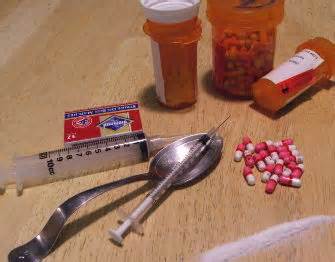Lesson 1: Clinical Disorders – Part F
PART F
Video: The Science of Addiction
Relative Addictiveness of Various Substances
As noted by Joan Rodgers (1994), addicts are not innately defective people. She states that nature has supplied everyone with the ability to become hooked-- and we all engage in addictive behaviours to some degree. Millions of North Americans are apparently hooked, not only on heroin, morphine, amphetamines, tranquilizers, and cocaine, but also on nicotine, caffeine, sugar, steroids, work, theft, gambling, exercise, love, and sex. Also, some drugs produce tolerance and others do not. Heroin addicts, for example, need more and more of the substance to avoid withdrawal symptoms while cocaine produces no tolerance. Cocaine, however, may be just as addictive as heroin because cravings may accelerate to lethal doses. If permitted, lab rats continue to take cocaine until they die.
A person’s vulnerability to a specific substance depends on his or her individual traits, both physiological and psychological. It is possible to rank the addictive potential inherent in substances, however, based on how easy it is to become addicted to them and how difficult it is to stop using them. Please see Table 6.1 for the relative ranking of the 15 most addictive substances and Table 7.1 for a list of commonly abused drugs. Also, for more information on club drugs and other addictive substances, please go to www.aadac.com - a great resource for all ages. It even has games!
Table 6.1:
Top 15 Addictive Substances
|
Substance
|
Rank of addictive potential
|
| nicotine | 1 |
| ice, glass (methamphetamine smoked) | 2 |
| crack | 3 |
| crystal meth (methamphetamine injected) | 4 |
| valium (diazepam) | 5 |
| quaalude (methaqualone) | 6 |
| seconal (secobarbital) | 7 |
| alcohol | 8 |
| heroin | 9 |
| crank (amphetamine taken nasally) | 10 |
| cocaine | 11 |
| caffeine | 12 |
| PCP (phencyclidine) | 13 |
| marijuana | 14 |
| ecstasy (MDMA) | 15 |
